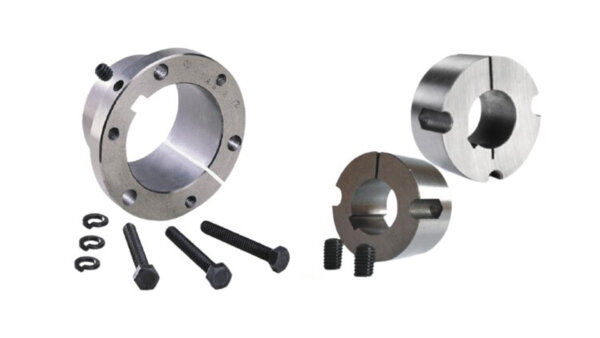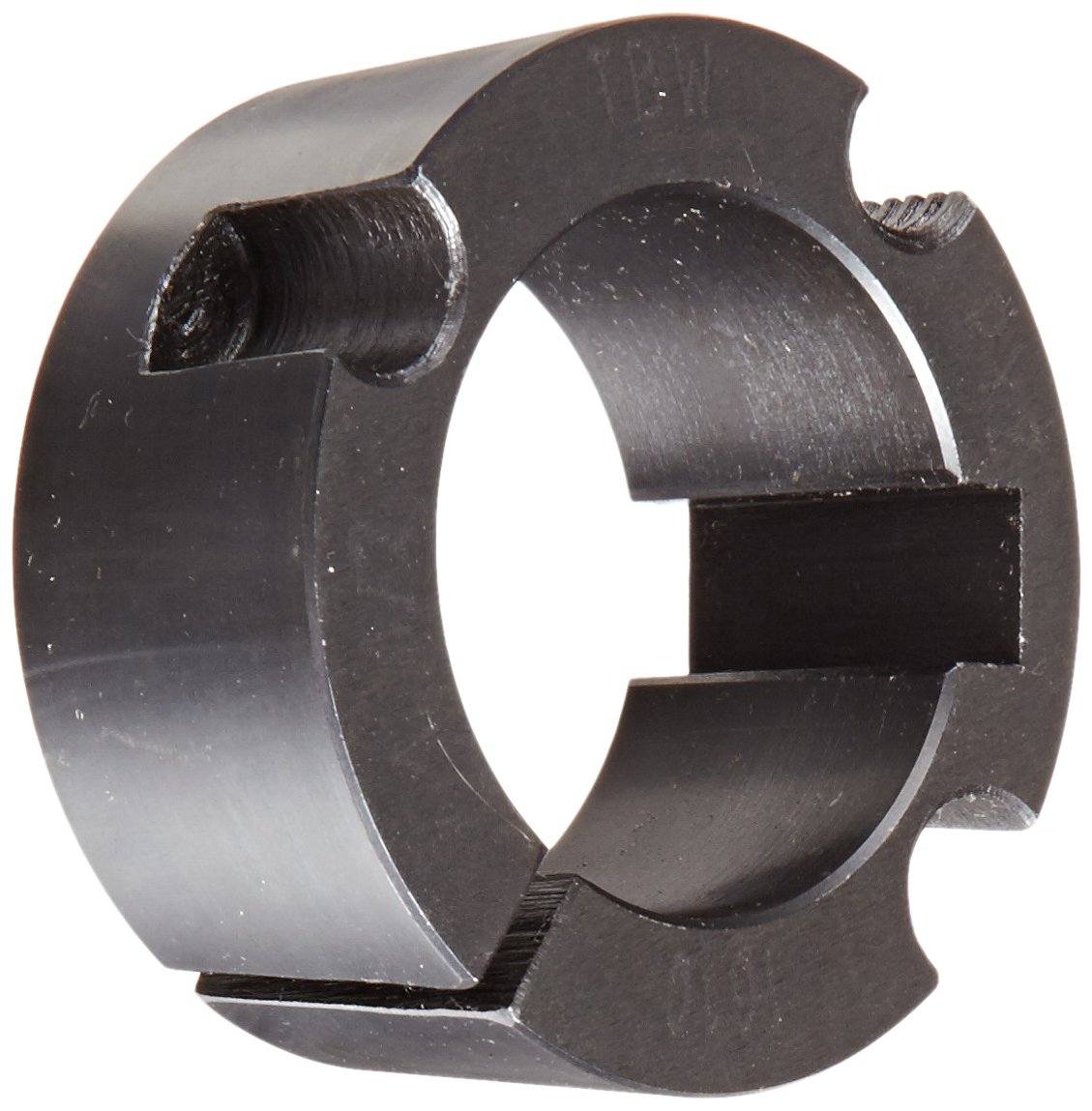
Are there any online calculators for determining the required taper bush size?
Yes, there are online calculators available that can help in determining the required taper bush size for specific applications. These calculators utilize various input parameters such as shaft diameter, hub diameter, torque, speed, and other relevant factors to provide recommendations on the appropriate taper bush size. Here are some sources where you can find online calculators for determining the required taper bush size:
- Manufacturer Websites: Many taper bush manufacturers provide online calculators on their websites to assist customers in selecting the correct taper bush size. These calculators are often based on the manufacturer’s specific product range and include fields for inputting the necessary parameters. By entering the required information, such as shaft and hub dimensions, torque, and speed, the calculator can generate recommendations on the suitable taper bush size.
- Engineering and Mechanical Websites: Several engineering and mechanical websites offer online calculators and tools that cover a wide range of mechanical components, including taper bushes. These calculators are typically designed to provide general recommendations and may not be specific to a particular manufacturer’s product range. They often require input parameters such as shaft diameter, hub diameter, and other relevant dimensions to calculate the appropriate taper bush size.
- Mobile Applications: Some mobile applications cater to mechanical engineering and power transmission calculations. These apps may include features for determining the required taper bush size based on input parameters such as shaft diameter, hub diameter, torque, and speed. They can be convenient for on-the-go calculations and are often available for both Android and iOS devices.
When using online calculators for determining the required taper bush size, it is important to ensure that the input parameters are accurate and representative of the specific application requirements. The calculated results should serve as a starting point for selecting the appropriate taper bush size, and it is advisable to cross-reference the recommendations with manufacturer catalogs or consult with technical experts to verify the suitability of the chosen size.
Additionally, keep in mind that while online calculators can be helpful tools, they may not account for all the nuances and specific factors of your application. It is still recommended to consult with taper bush manufacturers, suppliers, or engineering professionals to validate the calculated size and ensure a proper fit for your specific application.
By utilizing online calculators as a guide, you can simplify the process of determining the required taper bush size and make informed decisions when selecting the appropriate component for your application.

What are the standard tolerances for taper bushes in engineering applications?
In engineering applications, taper bushes are designed to provide a secure and accurate connection between shafts and hubs or other rotating components. The standard tolerances for taper bushes can vary depending on factors such as the specific application, industry standards, and the manufacturing processes involved. Here are some general guidelines regarding the standard tolerances for taper bushes:
1. Shaft Diameter Tolerance: The shaft diameter tolerance refers to the permissible deviation in the diameter of the shaft that the taper bush will be mounted onto. The standard tolerance for the shaft diameter is typically specified based on industry standards such as ISO (International Organization for Standardization). Common tolerance classes for shafts include h6, h7, and h8, where h6 represents a tight tolerance and h8 represents a looser tolerance. The specific tolerance class required for a taper bush application depends on factors such as the desired interference fit and the precision requirements of the system.
2. Taper Bush Bore Tolerance: The taper bush bore tolerance refers to the permissible deviation in the inner diameter of the taper bush, which corresponds to the fit with the shaft. Similar to the shaft diameter tolerance, the taper bush bore tolerance is typically specified using tolerance classes such as H7, H8, and H9. These classes indicate the allowable variation in the inner diameter of the taper bush. Again, the specific tolerance class required depends on factors like the desired interference fit and the precision requirements of the application.
3. Interference Fit Tolerance: The interference fit tolerance refers to the amount of interference or tightness between the taper bush and the shaft. It ensures a secure and reliable connection between the two components. The interference fit tolerance can vary depending on the specific application and the desired level of engagement. It is generally recommended to follow the guidelines provided by the taper bush manufacturer or industry standards to determine the appropriate interference fit tolerance.
It is important to note that these are general guidelines, and the actual tolerances for taper bushes can vary based on specific application requirements, industry standards, and the manufacturing process used. When selecting taper bushes, it is crucial to consult the manufacturer’s specifications and guidelines to ensure proper compatibility and fit with the intended shaft and hub dimensions.
By adhering to the appropriate standard tolerances for taper bushes in engineering applications, you can ensure the integrity and functionality of the power transmission system and maintain the desired fit and performance between the shaft and the rotating components.

Where can I get information on the key dimensions of taper bushes for compatibility?
If you are looking for information on the key dimensions of taper bushes for compatibility, there are several sources where you can obtain this information. Here are some common places to find the key dimensions of taper bushes:
- Manufacturer’s Catalogs and Websites: Taper bush manufacturers often provide detailed catalogs or product listings on their websites. These catalogs typically include comprehensive information about the dimensions, sizes, and specifications of their taper bushes. You can find details such as bore diameter, taper angle, outside diameter, keyway dimensions (if applicable), and overall length. Manufacturer catalogs are valuable resources for understanding the compatibility of taper bushes with different shaft sizes and mating components.
- Engineering Handbooks and Reference Guides: Engineering handbooks and reference guides related to mechanical power transmission or bushing selection may contain information on the key dimensions of taper bushes. These resources are commonly available in libraries, technical bookstores, or online platforms. They provide in-depth knowledge about various types of bushings, including taper bushes, and offer guidance on selecting the appropriate size and dimensions based on shaft requirements.
- Supplier or Distributor Documentation: If you are working with a specific supplier or distributor for taper bushes, they may provide documentation that includes dimensional information. This documentation can be in the form of product datasheets, brochures, or technical specifications. Check with your supplier or distributor to see if they have any resources available that outline the key dimensions of the taper bushes they offer.
- Online Engineering Resources: Online platforms dedicated to mechanical engineering, industrial equipment, or power transmission systems can be excellent sources of information on taper bush dimensions. Websites, forums, or communities focused on mechanical engineering topics often have discussions, articles, or downloadable resources that include dimensional data for taper bushes. Conducting targeted searches using relevant keywords can help you find these online resources.
- Consulting with Industry Experts: If you require specific or detailed information regarding the key dimensions of taper bushes for compatibility, consulting with industry experts or professionals in the field can be beneficial. These experts have practical experience and knowledge about power transmission systems and can provide guidance on selecting the appropriate taper bush dimensions based on your specific application requirements.
When accessing information on the key dimensions of taper bushes, it’s important to refer to reliable and trusted sources. Ensure that the information is up-to-date and aligns with industry standards. Double-check any measurements or specifications to ensure accuracy before making final decisions on taper bush compatibility.
By utilizing these various sources, you can gather the necessary information on the key dimensions of taper bushes to determine their compatibility with different shaft sizes and mating components in your power transmission system.


editor by CX 2024-04-03